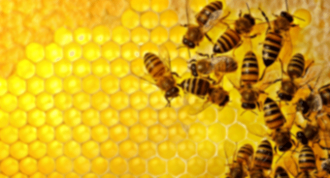
Neonicotinoid Pesticides: A Major Problem For Bees, Part II
The often heard refrain that Varroa is the primary cause of colony losses associated with CCD is simply not supported by the evidence. Harm…
Read More
The often heard refrain that Varroa is the primary cause of colony losses associated with CCD is simply not supported by the evidence. Harm…
Read More
By: Peter Sieling Dresden, NY Feb. 1919 – William Keefer awoke to discover that eight of his honey bee colonies were missing. He was the…
Read More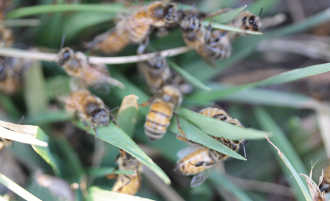
By: Don Coats Watch for this killer. It’s not passed by Varroa. Introduction: This article reports on a honey bee colony struggling for survival…
Read More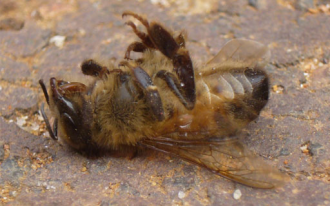
By: Kirsten Traynor and Dennis vanEngelsdorp, et al* Honey bee colonies in the United States have been dying at high rates for over a…
Read More
What Is It and Why Is It Important? In June 2016, researchers from the University of Texas at Austin published the study “Gut Microbial…
Read More
by-Michele Colopy The Third International Conference on Pollinator Biology, Health & Policy, held July 18-20, 2016 at Pennsylvania State University. It was supported by…
Read More
By: Gail Wells and Moneen Jones Two new ways to stop killing bees! Protecting bees from pesticides just got easier with the release by…
Read More
2016 International Conference on Pollinator Biology, Health and Policy The Center for Pollinator Research at Penn State University will be hosting the third International…
Read More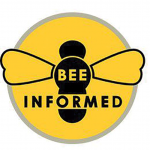
By: Natalie Steinhauer Interpreting and understanding the difference in colony loss numbers between the different national surveys. Over the last year, and for the…
Read More
An Overview By: Robert Owen Pests, Pesticides, Land Use Lead The Way The triumph of modern agriculture is the enormous increase in productivity of…
Read More
What is it – smoke and mirrors or bountiful possibility? by M.E.A. McNeil “It’s a really rough world out there for bees,” said Eric…
Read More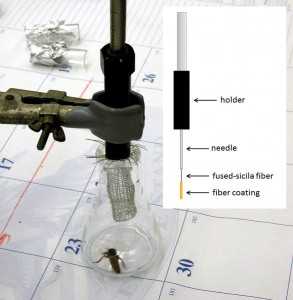
David Gilley & Corinna Thom Bees and beekeepers share many things including the incessant drive to find food and eat it, behavior referred to…
Read More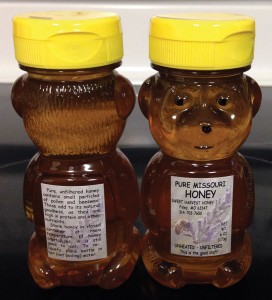
by Eugene Makovec Remember that old movie, “Mr. Smith Goes to Washington”? Me either, but it had something to do with Jimmy Stewart going…
Read More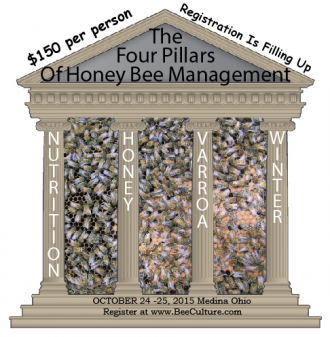
by Bee Culture Staff Join Bee Culture Magazine’s Exploration of the Four Pillars of Honey Bee Management in October, 2015 at the Bee Culture…
Read Moreby Kaitlin Newcombe With Summer well underway, it is important to take proper precautions while working outside in the apiary. Full beesuits provide adequate…
Read Moreby Clarence Collison Pesticide exposure and pathogens may interact to have strong negative effects on colony health. Honey bees are constantly exposed to pesticides,…
Read More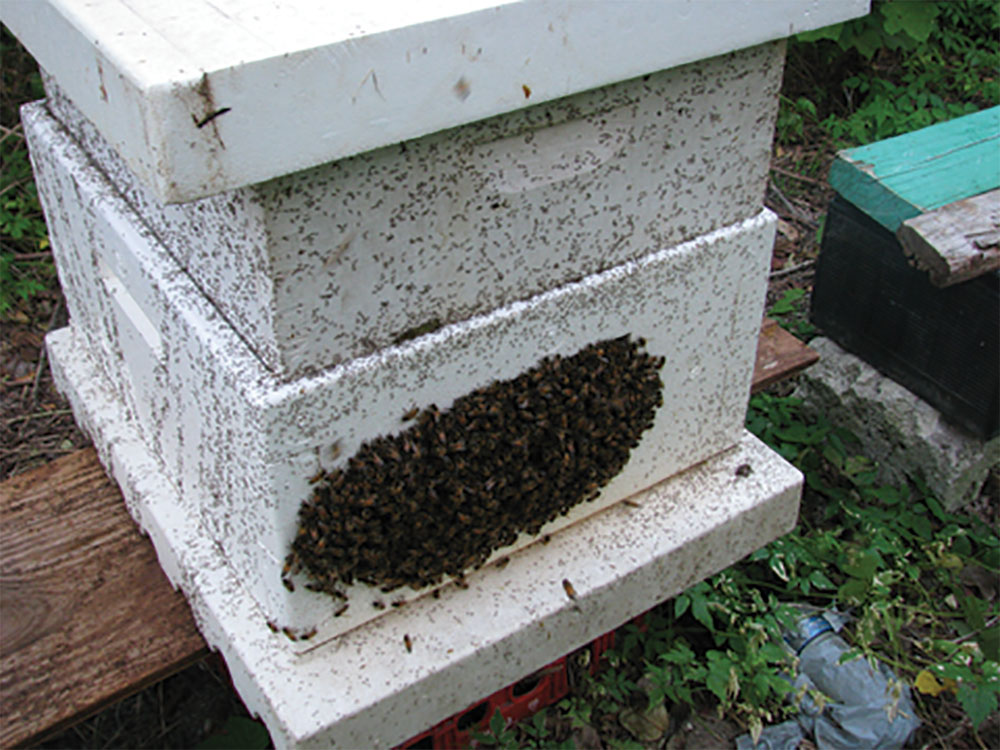
by Ross Conrad One of the benefits of having written a book on beekeeping is I occasionally get invited as a presenter to speak…
Read More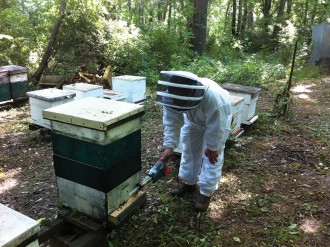
by Jeff Harris The use of a class of systemic insecticides called neonicotinoids remains a highly controversial issue for the general public, beekeepers and…
Read More
by Jennifer Berry Years ago, while still working on my graduate degree, I met Dr. Marion Ellis, a professor of Entomology at the University…
Read More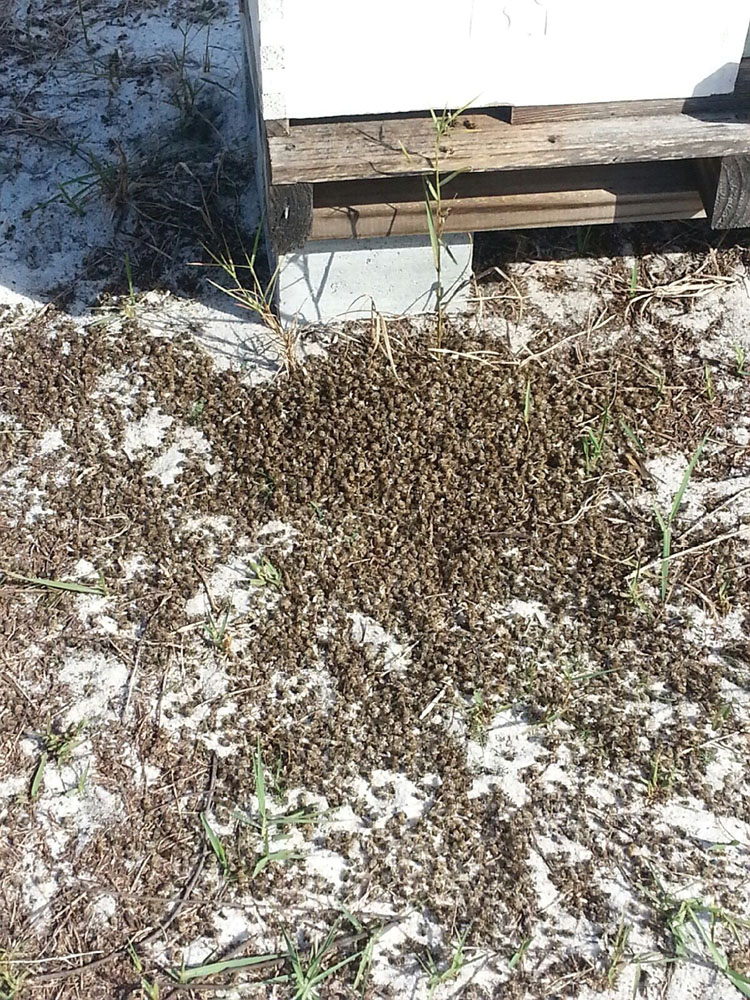
The Pollinator Stewardship Council by Michele Colopy In the May 2015 issue of this magazine, as part of the Honey Bee Health Coalition, an…
Read More